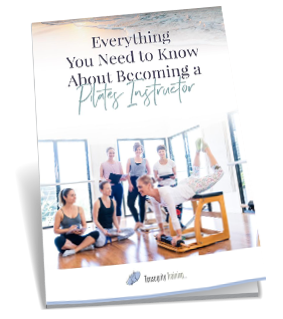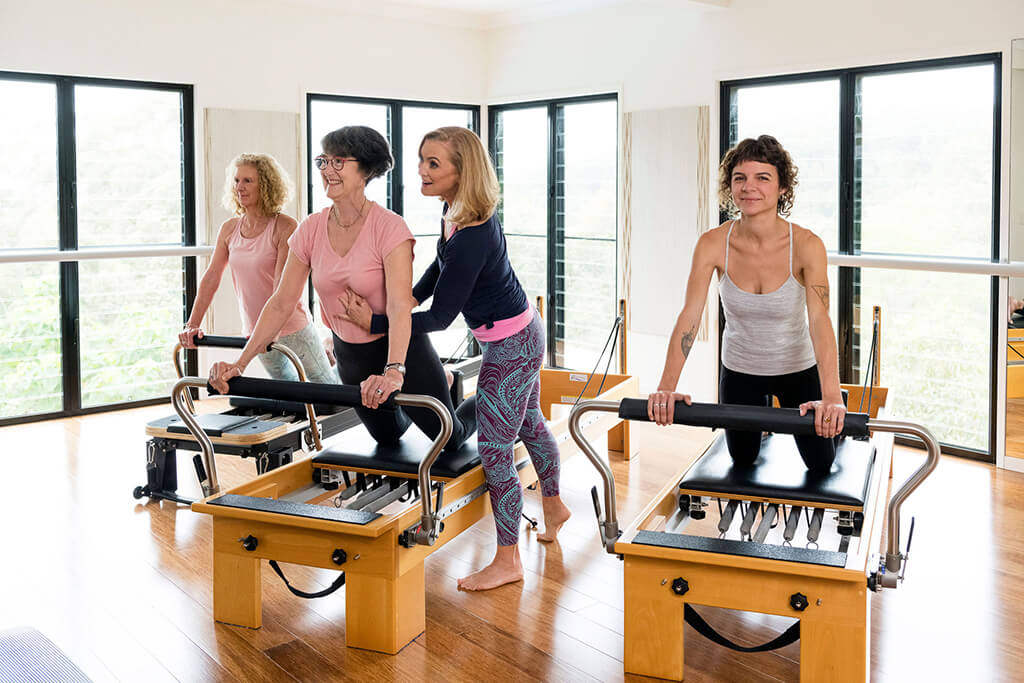
Pilates for Osteoporosis: Strengthening Bones for a Better Quality of Life
Posted on October 10, 2024 by ApexOsteoporosis, often called the ‘silent disease,’ affects a significant portion of the population, particularly women over 50. By age 50, approximately 50% of women and 25% of men experience the effects of osteoporosis or its precursor, osteopenia.
As we search for effective ways to manage and prevent this condition, many ask, ‘Is Reformer Pilates good for osteoporosis?’ The answer is yes, but with important considerations.
Pilates for osteoporosis has emerged as a valuable tool in maintaining bone health and improving overall quality of life. However, it’s crucial to understand that not all Pilates exercises are suitable for individuals with osteoporosis, and modifications are often necessary.
6 Benefits of Pilates for Osteoporosis
- Improved posture and alignment: Pilates focuses on proper alignment, crucial for reducing the risk of fractures by distributing weight evenly across the spine.
- Increased core strength: A strong core enhances overall stability, helping prevent falls – a major concern for those with weakened bones.
- Enhanced balance and coordination: Many Pilates exercises challenge balance, further reducing fall risks.
- Gentle strength training: Pilates provides resistance training without high impact, making it safer for compromised bone density.
- Improved flexibility and mobility: Maintaining flexibility is crucial for overall function and injury prevention.
- Pain reduction: Pilates can help alleviate chronic pain by improving muscle strength and body awareness.
The Role of Pilates in Bone Health and Fracture Prevention
While Pilates cannot cure osteoporosis, it plays a vital role in managing the condition. The targeted exercises in a bone-safe Pilates program can stimulate bone formation by putting controlled stress on weight-bearing areas, potentially slowing bone density loss.
Pilates’ focus on core strength and spinal alignment helps distribute forces evenly across the skeleton, reducing stress on vulnerable areas. By improving body awareness and coordination, Pilates enhances the ability to prevent falls, a major cause of fractures.
Although immediate improvements in bone density may be minimal, the long-term benefits of consistent Pilates practice in maintaining bone health and reducing fracture risk are significant, making it an invaluable component of a comprehensive osteoporosis management plan.
Is Reformer Pilates Good for Osteoporosis?
Reformer Pilates can be particularly beneficial when performed under the guidance of a qualified instructor. The Reformer provides support and resistance, allowing for a controlled, low-impact workout tailored to individual needs. Its spring resistance can help build strength without excessive joint stress.
However, not all Reformer exercises are appropriate for those with osteoporosis. Exercises involving excessive spinal flexion or rotation should be avoided or modified.
Safe Exercises and Modifications
For those with osteoporosis, a specialised Pilates program should focus on:
- Weight-bearing exercises: Standing Pilates or resistance work on the Reformer are recommended.
- Back extension exercises: Swan Dive, Breaststroke, Single Leg Kick, and Swimming are safe and effective for strengthening the back.
- Leg and hip strengthening: Standing exercises, squatting and side-lying exercises like Side Kick variations can support the spine and improve posture.
- Balance exercises: These help prevent falls and reduce fracture risk.
- Core strengthening without spinal flexion: Abdominal exercises can be performed without lifting the head and upper body.
Exercises to Avoid
Individuals with osteoporosis should avoid:
- Excessive spinal flexion: Traditional abdominal exercises like Chest Lift, Criss Cross and The Hundred should be modified or avoided.
- Loaded flexion exercises: Rolling Like A Ball, Seal, Roll Over and Open Leg Rocker put too much pressure on the spine.
- Extreme ranges of motion in the spine.
Tips and Precautions
Supporting your body properly will go a long way towards ensuring you can exercise without causing damage to your body.
- Use the hip hinge technique instead of curving the spine when bending or lifting.
- Avoid holding any position for more than 20 minutes.
- Limit carrying weights to less than 9 kg.
- When sitting, move to the back of the chair for better posture.
- During daily activities like driving or gardening, focus on maintaining spine length.
Getting Started Safely
- Consult Your Doctor: Always get medical clearance before starting any new exercise program.
- Find a Qualified Instructor: Look for a Pilates instructor experienced in working with osteoporosis clients.
- Start Slowly: Begin with basic exercises and gradually increase intensity and complexity.
- Listen to Your Body: If an exercise causes pain or discomfort, stop immediately and consult your instructor.
- Frequency: Aim for Pilates sessions 2-3 times per week, complemented by walking 40 minutes, 3-4 times weekly.
Reformer Pilates for Bone Health
Pilates for osteoporosis, including Reformer Pilates, when appropriately modified, can be an excellent addition to a bone health regimen. It offers a low-impact way to improve strength, flexibility and balance – all crucial factors in managing osteoporosis and preventing fractures.
While Pilates is beneficial, it should be part of a comprehensive approach to bone health that includes proper nutrition, appropriate medical treatment and other forms of weight-bearing exercise as recommended by your healthcare provider.
By embracing a modified Pilates practice, those with osteoporosis can improve their quality of life, maintain independence and reduce fracture risks, all while enjoying the many benefits of this versatile exercise method.
Latest Blog Post
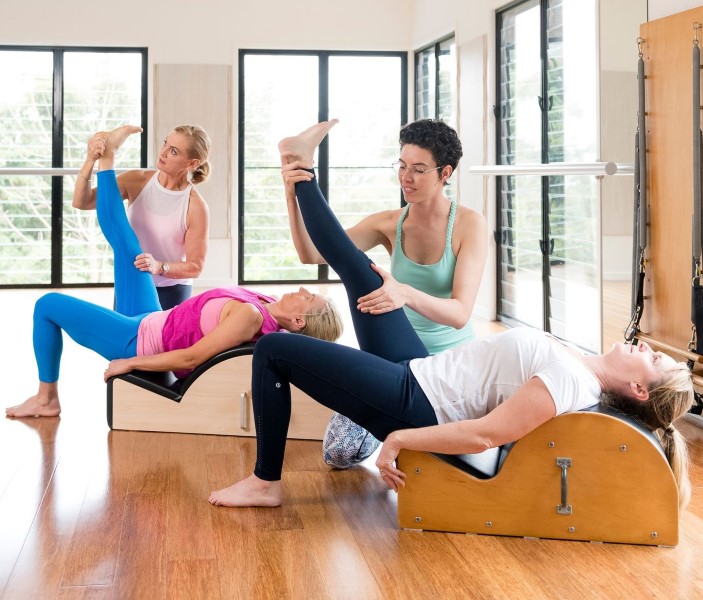
How Much Does a Pilates Instructor Make in Australia?
Teaching Pilates has become a lucrative career choice, offering flexibility and various approaches to generate revenue. If you’re considering this path or simply curious about the earning potential, let’s look at the Pilates instructor salary variables in Australia. Base Wage and Industry Standards Once you’ve finished your Pilates teacher qualification and can work as …
Continue reading “How Much Does a Pilates Instructor Make in Australia?”
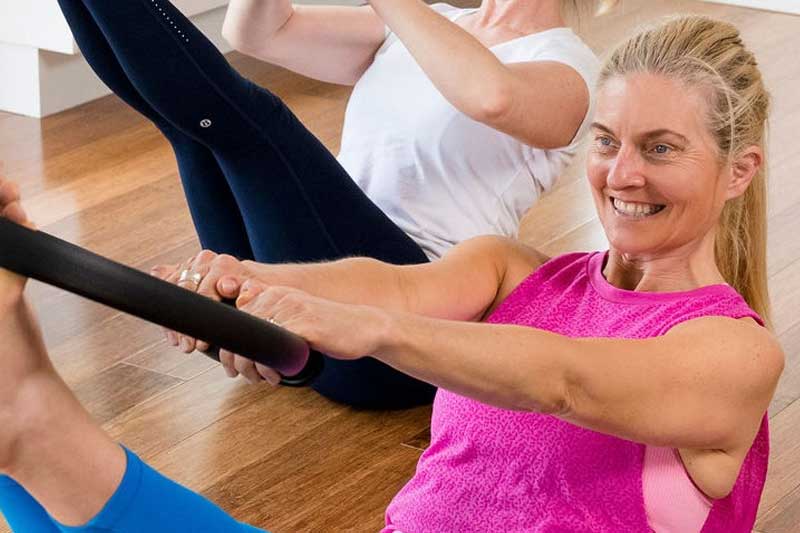
The Transformative Benefits of Pilates: Why People Love This Timeless Exercise
In the ever-evolving world of fitness, Pilates has emerged as a beloved practice for people of all ages and fitness levels. But what does Pilates do for your body, and what makes this century-old exercise method so enduringly popular? What are the top 10 benefits of Pilates that have people returning to their mats and …
Continue reading “The Transformative Benefits of Pilates: Why People Love This Timeless Exercise”
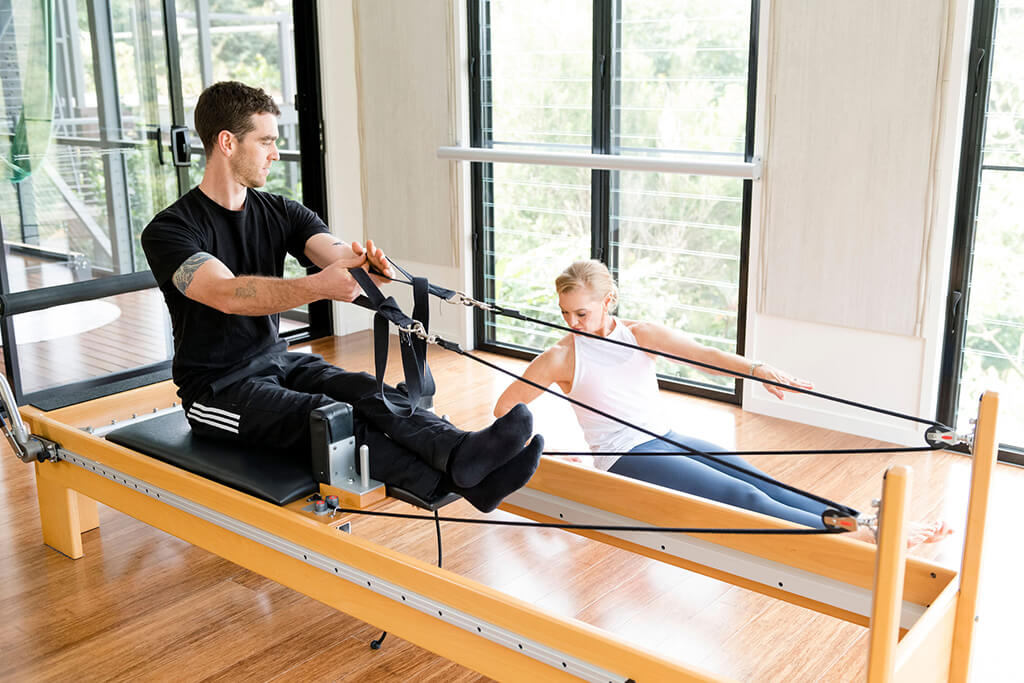
The Reformer Revolution- Beyond Traditional Mat Pilates
In the world of Pilates, two main styles dominate: Mat Pilates and Reformer Pilates. Each offers unique benefits and caters to different needs and preferences. Joseph Pilates, the founder of the Pilates method, developed his exercise system around 1914, during World War 1. Many of his early exercises were performed on the floor or on …
Continue reading “The Reformer Revolution- Beyond Traditional Mat Pilates”
